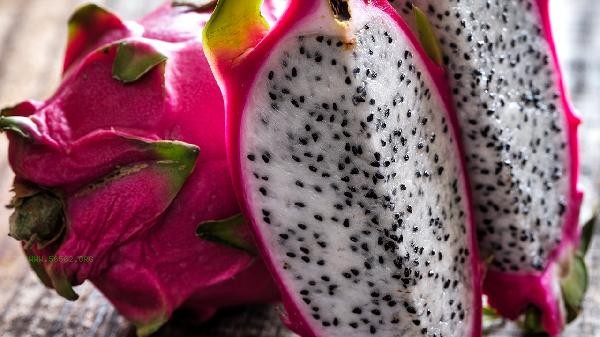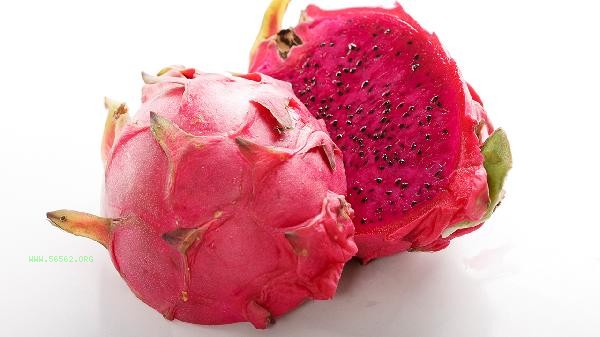The correct cooking method for Huolong jam mainly includes material selection, sugar blending, cooking temperature, container disinfection, and storage methods.

1. Material selection
Choose red pitaya with moderate maturity, with bright flesh color and no obvious damage. After peeling, cut the fruit flesh into evenly small pieces, which helps to heat it evenly during subsequent boiling. If you like a delicate texture, you can use a blender to lightly stir and keep some fruit pieces before putting them directly into the pot. Avoid using iron knives and containers during the processing to prevent the flesh from oxidizing and discoloring.
2. Sugar Preparation
Add white sugar or rock sugar to one-third of the weight of the dragon fruit, and increase the acidity of the dragon fruit appropriately. Sugar can not only extend the shelf life, but also enhance the pectin precipitation effect. The patients with diabetes can be adjusted by sugar substitution, but attention should be paid to the difference of high temperature tolerance of sugar substitution. Mix sugar with fruit pulp and let it stand for half an hour to promote natural juice extraction from the pulp.
3. Boil over low heat
Use a stainless steel pot or clay pot to slowly heat over low heat, continuously stirring to prevent the bottom from sticking. At the beginning, skim off the foam to keep the sauce pure. When the juice reaches half of its original volume, add lemon juice to adjust the acidity. The cold plate method can be used to test the consistency: if the sauce is scratched on the cold plate and not immediately closed, the heat can be turned off. The entire cooking time should be controlled within 40 minutes to avoid high temperatures damaging the nutritional components.

4. Container disinfection
Glass bottles need to be boiled in boiling water for 10 minutes or dried in an oven at 100 degrees Celsius for sterilization. Filling the bottle while it is hot can form a vacuum seal. Reserve a top gap of 1 centimeter during filling to prevent thermal expansion and bursting, and wipe off any remaining jam at the bottle mouth. When using a screw cap container, it needs to be placed upside down for 5 minutes to enhance the sealing effect using residual heat. It is recommended to pack jam in small containers after opening to reduce the chance of contamination.
5. Storage Method
Unopened jam can be stored at room temperature and away from light for 3 months, and refrigerated for up to six months. Dry utensils are required for each use to avoid moisture and mold growth. If there is a small amount of white film on the surface, it belongs to normal sugar analysis, and it does not affect consumption after excavation. Adding preservatives such as potassium sorbate can extend the shelf life appropriately, but it is recommended to consume homemade products as soon as possible.

When making dragon jam, it can be paired with passion fruit or pineapple to increase the flavor level. Adding a little cinnamon powder during the boiling process can enhance the aroma. It is recommended that the single consumption of diabetes patients should be controlled within 50g, and those with gastrointestinal sensitivity should avoid excessive consumption. After refrigeration, the texture of jam will become thicker and can be directly applied to bread or used as a yogurt ingredient, as well as for baking fillings and dessert decoration. Homemade jam does not contain preservatives and has the best flavor when consumed within two weeks after opening.








Comments (0)
Leave a Comment
No comments yet
Be the first to share your thoughts!